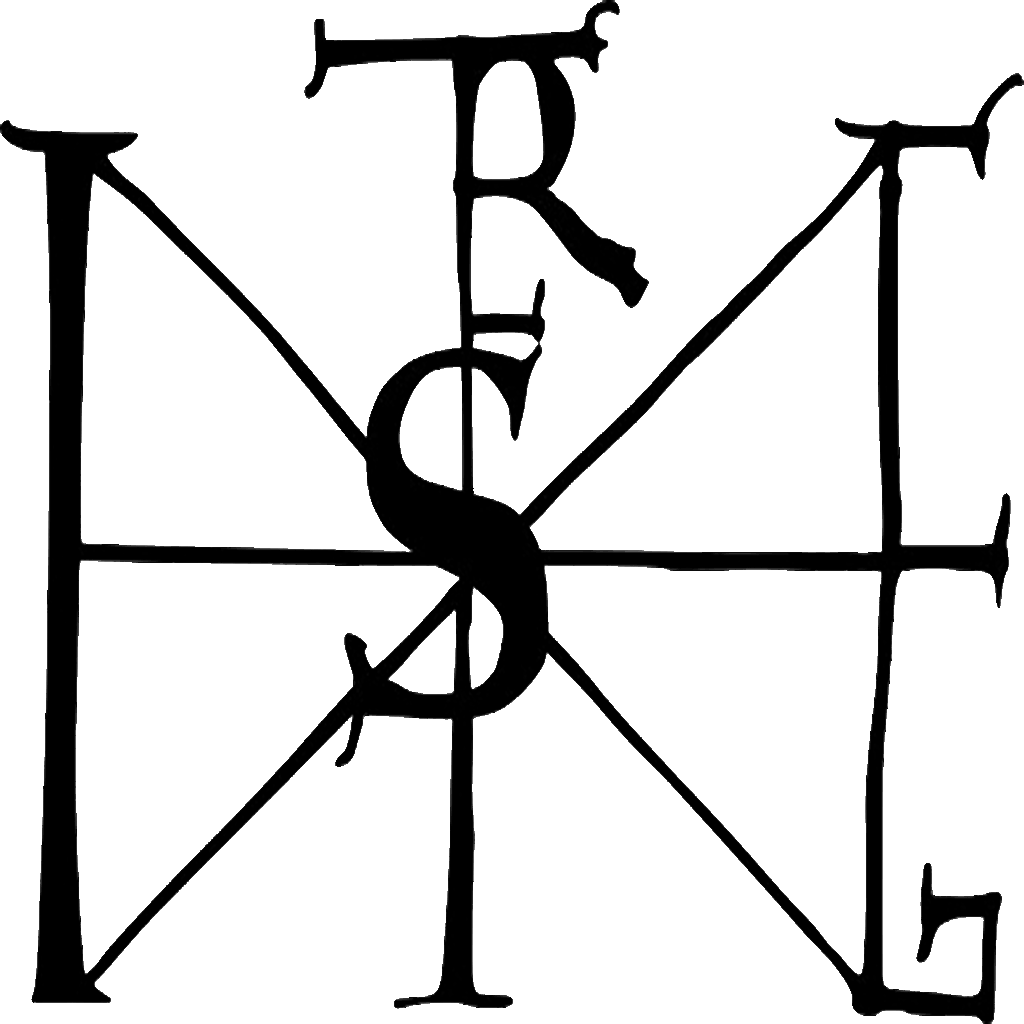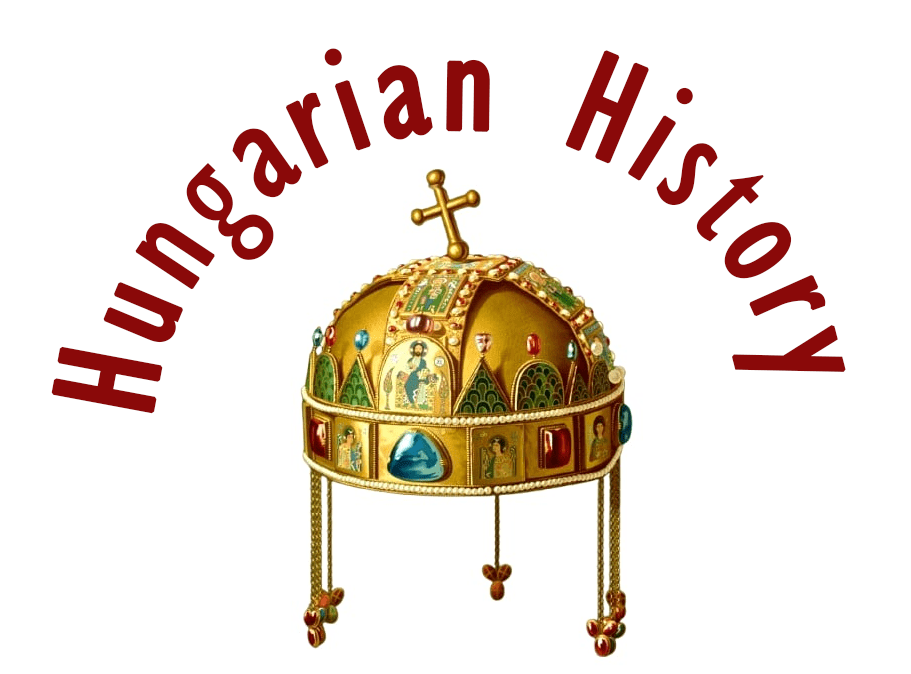
The greater legend of Saint Gellért commemorates the death of our first king (r.1000-1038), founder of the Christian Hungarian state, the Kingdom of Hungary who was canonized in 1083, as follows: “It came to pass that the holy king István, after converting Pannonia to the light of the Christian faith, entrusted it to the protection of the Blessed Virgin, and on the day of the Assumption of the Mother of God [August 15], he was freed from his body and moved into eternal rest.”

King István single-handedly accomplished the enormous task of organizing the state, the church, and the legislature. István, whose original name was Vajk, was the only son of Prince Géza (971-997) and was probably born in Esztergom or Fehérvár around 975. Due to a lack of reliable sources, many questions remain unanswered regarding the early years of our holy king’s life, dividing scholars to this day.

One such question concerns István’s baptism, which most historians date to the 990s and link to the Prague martyr, Bishop Saint Adalbert. There is no dispute that Géza, who was open to Western Christianity, left a serious mission to his son: it was up to István to complete the enormous task of founding a Christian state, which symbolically began with the embassy to Quedlinburg in 973.

This was no easy task, as after Géza died in 997, István found himself facing his uncle, Koppány, who, according to the ancient custom of seniority, demanded the hand of the widowed Princess Sarolt and supreme power for himself as the eldest male member of the family. Koppány’s armies, which ruled southern Transdanubia, clashed with István’s knights near Veszprém in 998, and the Christian prince won the battle with significant German support. After the battle, the body of the rebellious Koppány was cut into four pieces and displayed on the towers of the four most important castles – a clear message to those who dared to oppose István’s will.

After defeating Koppány, the young prince applied to Rome for a crown, which Abbot Asztrik brought him in the first millennium. István was crowned on Christmas Day in the year 1000 or on January 1, 1001, in Esztergom – according to many, in Székesfehérvár – thus establishing the Christian Kingdom of Hungary. However, the royal title did not in itself guarantee actual supreme power; to achieve this, the new ruler had to fight for several decades against the tribal chiefs who were defending their independence. István first led a campaign against his uncle, Gyula of Transylvania, in 1003, then defeated Keán in southern Transylvania. The king’s conquests were usually accompanied by the organization of bishoprics and counties, which he entrusted to reliable leaders such as Doboka or Csanád, Doboka’s son.

The struggles for unification can be reconstructed more or less based on the order in which the bishoprics were founded, so it is likely that after Transylvania, the king first marched against the Black Hungarians living in the Tolna and Baranya regions. However, István did not rely solely on the power of arms; for example, he won over Aba Sámuel (r. 1041-1044), who ruled the northeastern part of the country, by marrying one of his sisters to him. The political unification of the country was completed with a campaign launched around 1028, in which István’s commander, Csanád, defeated Ajtony, who ruled the southern regions of the country.

Parallel to his wars against the tribal chiefs, István laid the foundations for a Christian state: ten bishoprics and two archbishoprics were established in Hungary. Through the independent Hungarian ecclesiastical provinces, the Hungarian church was able to gain independence from the Holy Roman Empire, unlike the Bohemians and Poles. The basis of secular administration was provided by the county system, in which certain areas came under the authority of a castle, with the “ispán” / Comes (county administrator) responsible for administration. István also enacted laws for the young Christian kingdom; with his two law codes – one of which was created at the beginning of his reign and the other at the end – he forced his subjects to convert, practice the Christian religion, and respect private property, thereby promoting the spread of a settled way of life.

While expecting his subjects to bear the costs of running churches and supporting priests – see “ten villages build one church” – the ruler himself spent significant sums on similar construction projects. For example, he founded the monastery in Pécsvárad and the nunnery in Veszprémvölgy, and had guesthouses built for travelers on the pilgrimage route to Jerusalem.

At the beginning of his reign, István’s foreign policy was determined by his alliance with the Holy Roman Empire. In this, he followed in his father’s footsteps, which led to his marriage to Gizella, daughter of Henry the Quarrelsome, Duke of Bavaria, and then, at the beginning of his reign, to support against Koppány – and possibly even to the crown. István remained on good terms with the emperors until the extinction of the Saxon dynasty in 1024, as evidenced by the names of his children, the princes Ottó and Imre (Emericus/Henry), who died at an early age.

In addition to the Imperial power, the king also established good relations with Venice after marrying one of his sisters to Doge Otto Orseolo. This marriage produced Péter (r. 1038-1041/1044-1046), who became heir to the throne after the tragic death of Prince Imre, and then the second ruler of the Árpád dynasty. Through Venice, the king established good relations with the Byzantine Empire, and accordingly, we have sources indicating that István once led an army against the Bulgarians to aid Emperor Basil II (r. 976-1025).

Nevertheless, the young kingdom did not risk wars of conquest and primarily formed alliances that guaranteed its security. This was necessary because the first ruler of the Salian dynasty, Emperor Conrad II (r. 1024-1039), launched a campaign against King István in 1030, but the king masterfully employed a scorched earth tactic to achieve victory, and even occupied Vienna for a time. Another indication of István’s achievements as a statesman is that the young monarchy was able to repel the attack of one of Europe’s most powerful forces after barely three decades.

According to the description of Bishop Hartvik, the great king entrusted Hungary to the protection of the Virgin Mary before his death. On the eve of the Assumption in 1038, he gathered the nobles and bishops of his country, urged them to preserve the faith, then raised his eyes to the sky and cried out: “Queen of Heaven, renowned restorer of this world, in my final supplications, I entrust the Holy Church with its bishops and priests, and the country with its people and lords, to your protection.” Many historians dispute the moment of the offering of the country, but it has been part of historical tradition for almost a thousand years.

István’s reign was a defining four decades in Hungarian history, which we can rightly say laid the foundations for the future of an entire nation: when the great king ended his earthly career on August 15, 1038, he left his successor, Orseolo Péter, a unified, solid Christian monarchy instead of the fragmented principality with an uncertain future that he had inherited from his father. Although there is no doubt that Hungary was in a serious crisis until the return of the crippled and blinded Vazul’s sons in 1046, it is nevertheless thought-provoking that, amid the pagan rebellions, none of our kings thought of dismantling the life’s work of King István. For his merits in converting the Hungarians to Christianity, he was canonized in 1083 on the initiative of his successor, King Saint László.

The Hartvik legend
Bishop Hartvik, who wrote the biography of Saint István at the request of King Kálmán (1095–1116), also used the texts of two earlier legends (the so-called greater and lesser legends) in his work. He merged these, supplemented them, and refined the striking image of Saint István, especially in the smaller legend. Among other things, the independently edited section of his work included the prophecy concerning the future king, the motif of the coronation by divine inspiration, and the description of the exceptional location of the basilica in Székesfehérvár, but the description of the ruler’s death is not, even though we can see the compilation of the two biographies in his work.

An older legend, presumably written earlier, describes how, after Emperor Conrad II invaded Hungary in July 1030, István “suffered under many divine punishments and languished in illness for three years; After God’s mercy healed him, he turned his attention to his only surviving son, Imre, but in the year 1031, the Lord exchanged this passing life (Imre’s) for eternity.” Later, István “imagined the final day with all his heart and soul, and desired to be a resident of heaven and a companion of angels. […] Finally, by God’s mercy, deserving a hundredfold reward, fever took him down, and when there was no doubt about his imminent death, he summoned the bishops and the great men of his palace who glorified the name of Christ; first he discussed with them that they should choose as king in his place his sister’s son, Péter, who was born in Venice, whom he had already summoned to him and appointed commander of his army; then he admonished them paternally to preserve the true faith.
A lesser legend – perhaps also dating from around this time – tells of the arrival of a group of Pechenegs (Besenyő) in Hungary, shortly after which the king “fell ill, which eventually weakened his body, and because his illness weighed heavily on him with prolonged weakness, he could no longer stand on his feet. The four chief nobles of his court saw that he was long and seriously ill, and because they still wandered in unbelief in their hearts, they hatched a deceitful plan and attempted to turn his deteriorated condition into death.
It was already dusk before the lights were lit in the house, and one of them boldly entered under the cover of darkness, hiding a naked sword under his cloak for the murderous deed. No sooner had he set foot where the king was resting than, as if by divine inspiration, the blade fell and struck the ground with a clang. The king immediately woke up and asked what was going on, even though he already knew what had happened. The man, broken and anxious, confessed his crazy plan, regretted it, approached, fell to his knees, and embraced the king’s feet, admitting his crime and begging for mercy.
He did not chase away the one who begged for forgiveness, but carelessly dropped his evil deed, and on his command, he revealed his accomplices in the betrayal. The next day, by order of the king, the murderers were brought before him, and he pronounced judgment on them. And so that their descendants might learn a lesson and learn to respect their masters with the utmost reverence, he deprived them of their sight and had their harmful hands cut off… In the year 1038 of the Incarnation, in the sixth cycle, during the reign of Roman Emperor Henry, in the 38th year of his reign, he died and was buried in the Basilica of the Virgin Mary, which he had lavishly built.”

The Hartvik legend and the two main versions of the 14th-century chronicle composition also seek to relativize St. István’s decision and to portray the election of Péter as king – along with the rebellion of Vazul because of István’s decision, his possible assassination attempt against the king, and his subsequent blinding – as the work of the scheming Queen Gizella, given that the later Hungarian kings were descendants of Vazul. At the same time, not wishing to question St. István’s state-building activities, they adhered to his example, standards, and kinship.

The place of St. István’s death is unknown. Some assume that he died in Esztergom, while Johannes Dlugossius, who, in keeping with the customs of his time, places the royal seat here, writes that he died in Buda. In any case, his burial place is known: the royal basilica in Székesfehérvár.

In the words of Kristó Gyula: “The first Hungarian king died on August 15, 1038. With him, the greatest Hungarian statesman who ever lived was laid to rest… he was one of the few who transformed their era. Forty-five years after his death, in 1083, his body was exhumed and he was canonized. From then on… every age was tasked with defining its relationship to Saint István and the values he created, to Hungary, to the Hungarian state, and the Christian faith.”
Sources: Teiszler Éva and Tarján M. Tamás

Some legends and customs about King István:
Did only the Hungarians rever King István / Stephen? According to Molnár V. József, the following legends and customs are attached to the great king:
In the Slovak legend of Ócsád, King István hides inside a mountain called Racsa, with a crack at the top. The shepherd who grazed here used to lose a sheep every day. He sent his herd-boy to look for them, but it took him a few days to find them. He told him that he had come to a spacious room inside the mountain where armed soldiers were sleeping on horseback, and one of them was King István. The king told him that the time had not yet come for him to liberate his people, his country.

In the ballad-like song of the Moldavian Hungarian Csángó people, St. István will one day be the liberator and king of all the peoples of the world.
According to Slovak and Moravian legend, the Slovaks, fighting against the pagans in the land of the Hungarian homeland, were helped to victory by the Holy King István.

In the Romanian legend of Banat, István, who is building a palace, has a dream in which three angels descend from heaven and tell him, “When your palaces are finished, you will give your life through them. The chief priests heard this and immediately canonized him.”
The Slovak girls of Pöstyén went out at midnight to the Girls’ Well – at the midnight of the Holy King, in his strength – to draw water from the ruins of the Templars’ clastrum. They washed in it, and in the morning, they met the lad who later married them.

Dear Readers, I can only make this content available through small donations or by selling my books or T-shirts.
Please, support me with a coffee here: https://www.buymeacoffee.com/duhoxoxa
You can check out my books on Amazon or Draft2Digital. They are available in hardcover, paperback, or ebook:
https://www.amazon.com/dp/198020490X or at https://books2read.com/b/boYd81

My work can also be followed and supported on Patreon: Become a Patron!http://Become a Patron!
Become a Patron! Donations can be sent by PayPal, too: https://tinyurl.com/yknsvbk7


Subscribe to my newsletter here: https://tinyurl.com/4jdjbfkn

